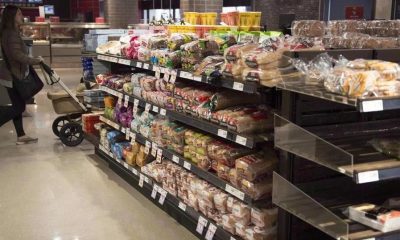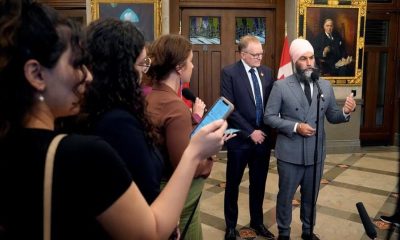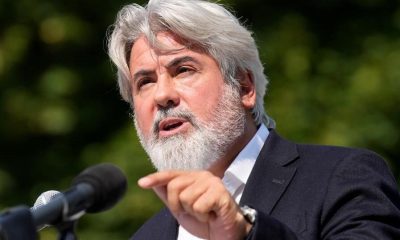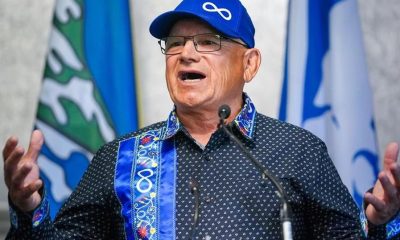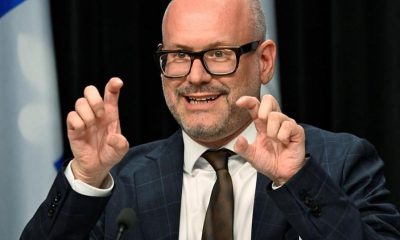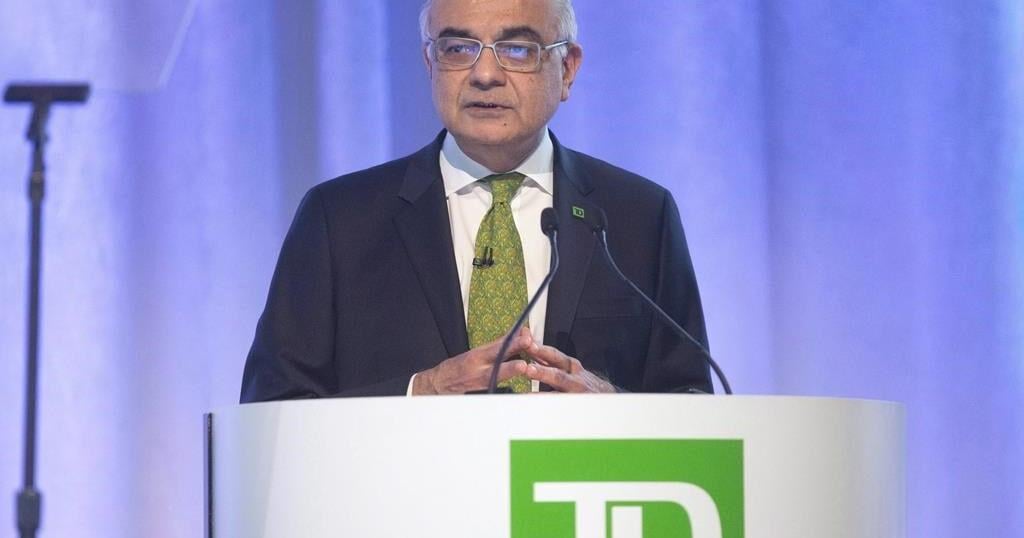OPEC has succeeded. On Thursday, the OPEC++ group agreed, in principle, to cut 10 million bpd in oil production, according to media. But will it be enough? Today’s oil prices suggest not.
As oil inventories burst at the seams and threaten oil prices the world over, the oil markets have been riveted by the Organization of Petroleum Exporting Countries’ (OPEC) actions as it relates to potential production cuts. While many analysts doubted that the group, and various other states who agreed to sit down with OPEC to hash out a new market stabilization plan, would cut as much production as would be necessary to draw down inventories, the group’s actions have never been more crucial to the survival of the entire oil industry.
So critical, in fact, that the industry is even seeing die-hard free-market cheerleaders rooting for a deal from the oil cartel.
The global oil market first had OPEC, which tasked itself with balancing the market and controlling prices by manipulating supply. When OPEC’s influence waned as U.S. shale became a bigger and bigger oil-market adversary, OPEC added a few non-OPEC members, including Russia, to form OPEC+. With even more market clout stripped away from the group by the colossal demand destruction thanks to the coronavirus, OPEC has enlisted the help of even more oil-producing countries. This group has been referred to as OPEC++.
The Terms of the Deal
The group was thought by some to be discussing a 10 million bpd cut across its members. Other sources suggested the figure was 15 million bpd. Still other sources, as talks were taking place on Thursday morning, said the group was discussing a 20 million bpd cut.
With global oil demand thought to have taken as much as a 30 million bpd hit, some thought even more barrels would be cut.
In the end, the OPEC++ group agreed to cut just 10 million bpd. While still a massive production cut the likes of which the world has never seen, it is significantly under what the market will likely require in order to “balance”—and oil prices know it.
Premium: What Will $15 Oil Mean For Producers?
As part of the deal, all the specifics of which have not yet been released, Russia has reportedly agreed to 2 million bpd of cuts. Saudi Arabia, meanwhile, has agreed to shave 4 million bpd off its record-setting April production levels of 12.3 million bpd – for a cap of 8.3 million bpd.
The rest of the members have not yet worked out who will cut what.
There will be additional G20 discussions about the production cuts on Friday.
The hiccup in the deal had been the rivalry between Saudi Arabia and Russia, and whether the United States would succumb to the international pressures mounted against it to join in the cuts. US President Donald Trump, however, has repeatedly said that the market would naturally force US production down, effectively “cutting” along with OPEC as a matter of course. This issue, too, is expected to come up at Friday’s meeting.
Compliance
OPEC + has had a pretty good track record overall when it comes to complying with its production quotas. Prior to the end of the previous production cut deal than expired on April 1, the extended OPEC group reached 112% compliance. Still, many individual OPEC member countries have had a difficult time staying in compliance with production cut quotas throughout the last few years, with some flagged as chronic overproducers. Also, that 112% compliance figure is skewed, with OPEC over complying and the “+” part of the OPEC+ group under complying. In January this year, OPEC’s allies in the production cuts achieved only 55% of their targeted cuts. Meanwhile, OPEC achieved 136% of its promised cuts.
The figures suggest that OPEC was more motivated to take action to stabilize the market than its OPEC+ counterparts.
While Saudi Arabia has a great track record for keeping within its quota – or even substantially below it – Russia and Iraq, for example, were chronic overproducers. This has led to much skepticism that the new group, comprised of more than just the traditional members, will be able to stay within the agreed-upon levels.
To ensure compliance, a draft communique sent to G20 member countries – circulated prior to the Thursday OPEC++ meeting – told members that it would create a special group to monitor this compliance. The group would not only monitor the compliance to the Thursday agreements, but it would also report back to the G20 energy ministers “for further corrective actions if needed,” according to Bloomberg, who saw the draft.
The draft document didn’t specifically mention “production cuts”. Rather, the document indicated that it would monitor whatever steps the Thursday group agreed on that would stabilize the oil markets.
With 10 million bpd in the bag, the market will now look to the G-20 meeting to see how the United States will respond to the agreement that OPEC has hashed. In the meantime, oil prices have responded with a lukewarm reception.
By Julianne Geiger for Oilprice.com
More Top Reads From Oilprice.com:






